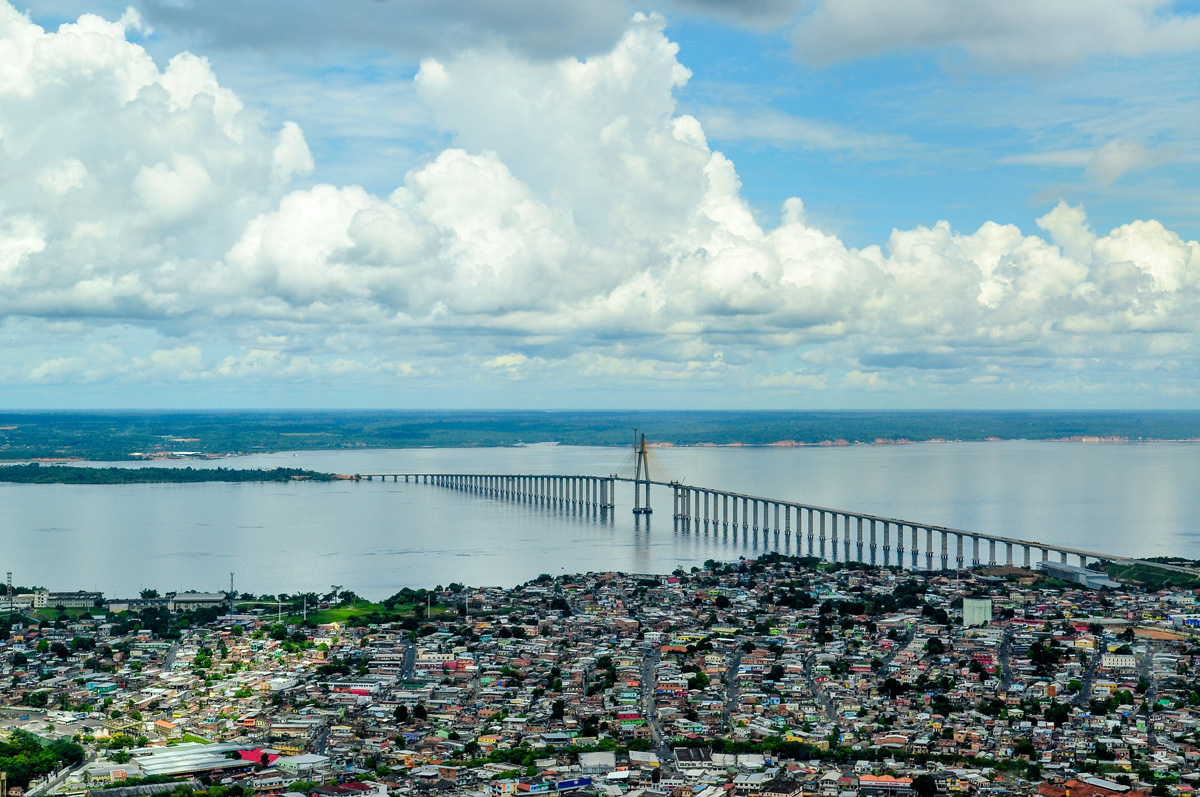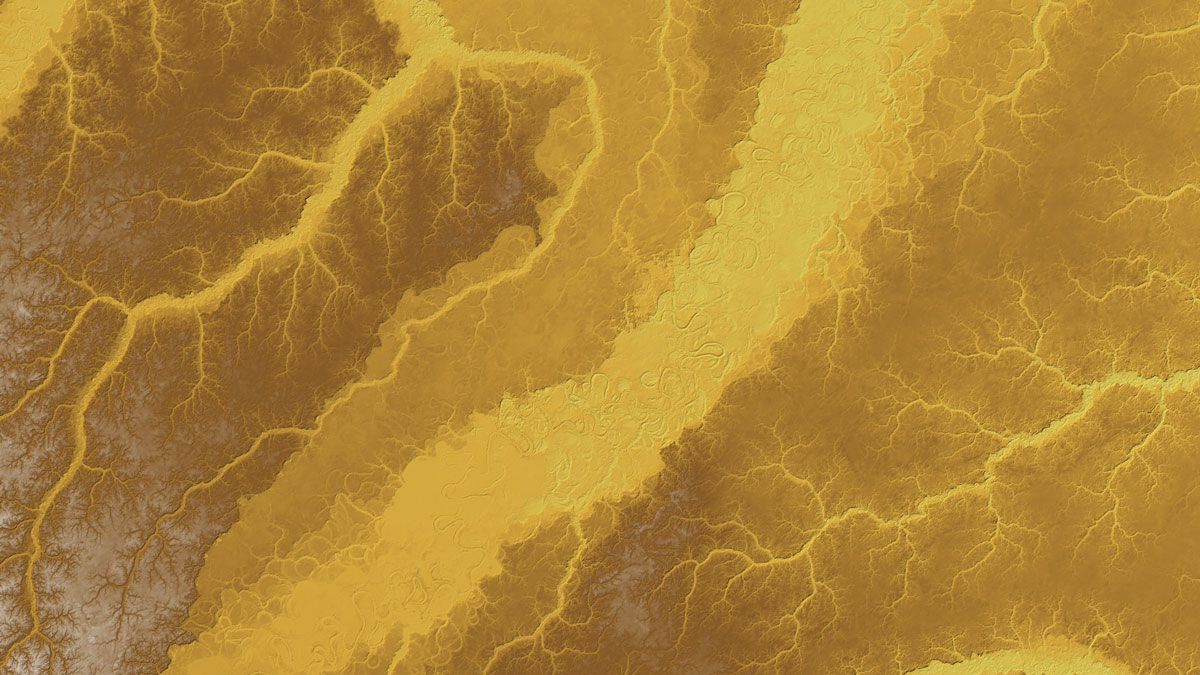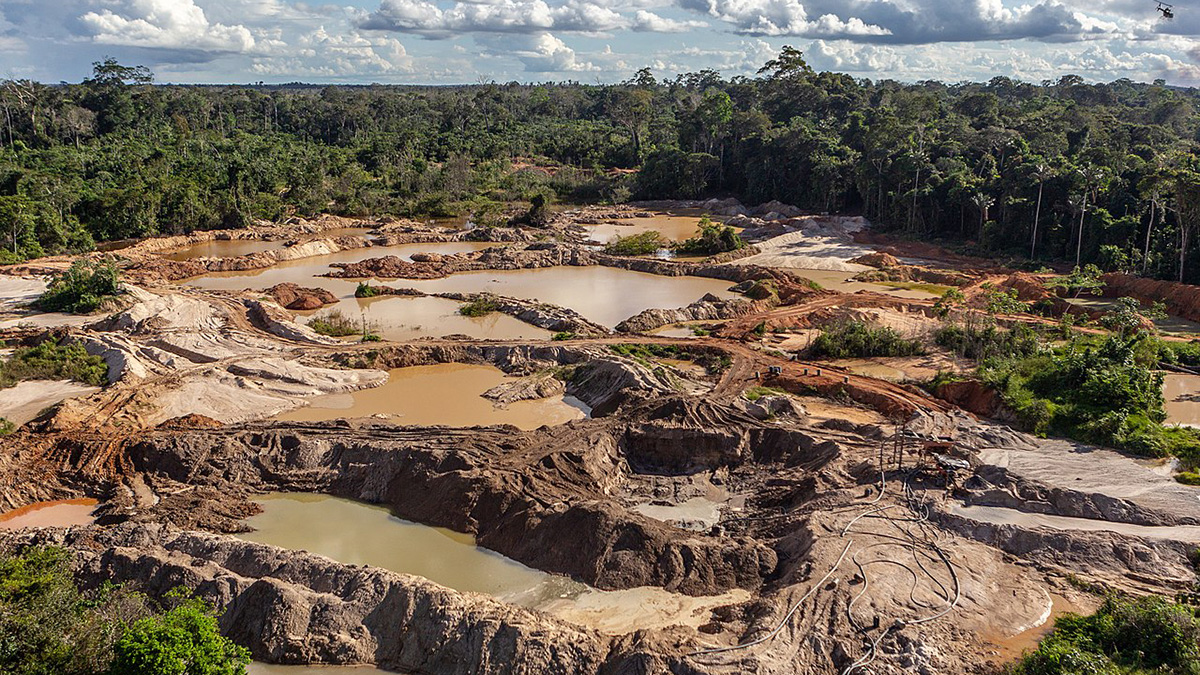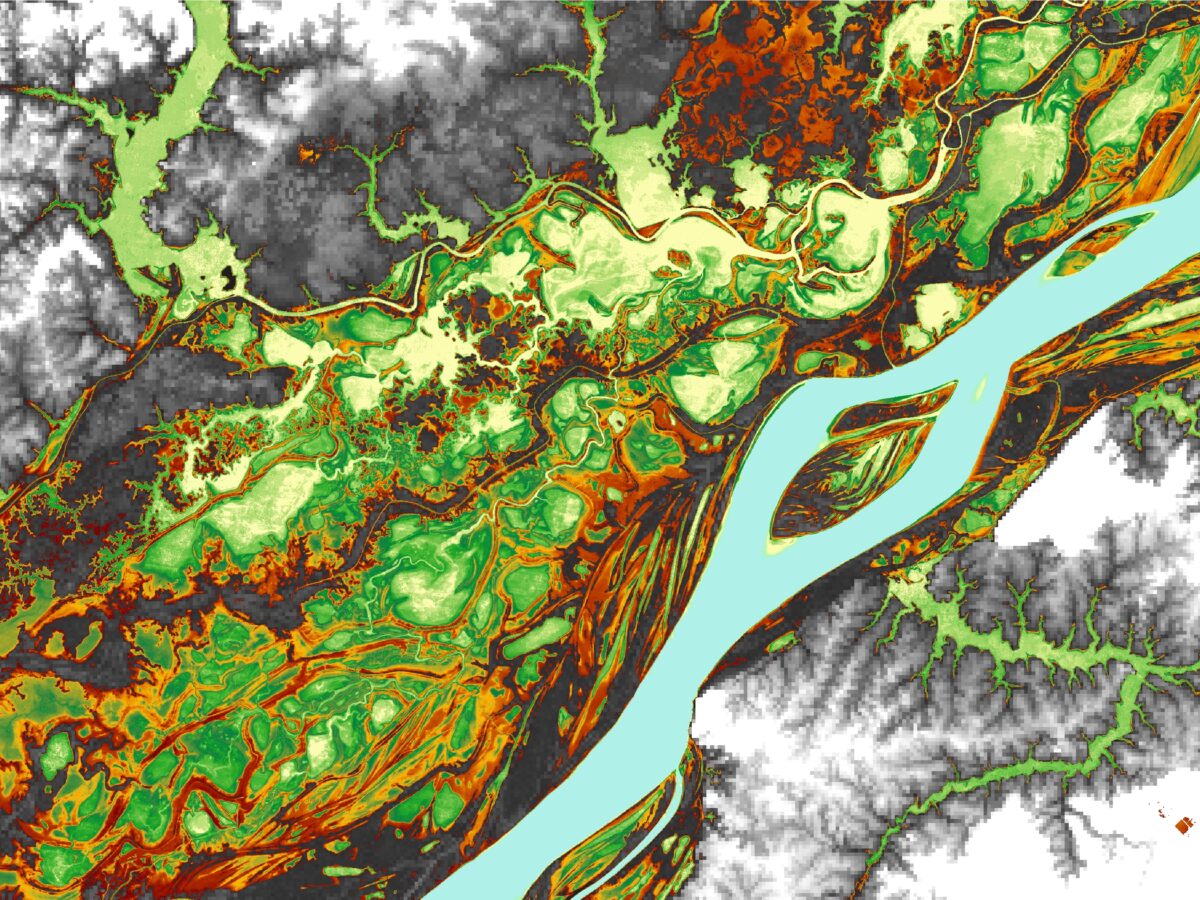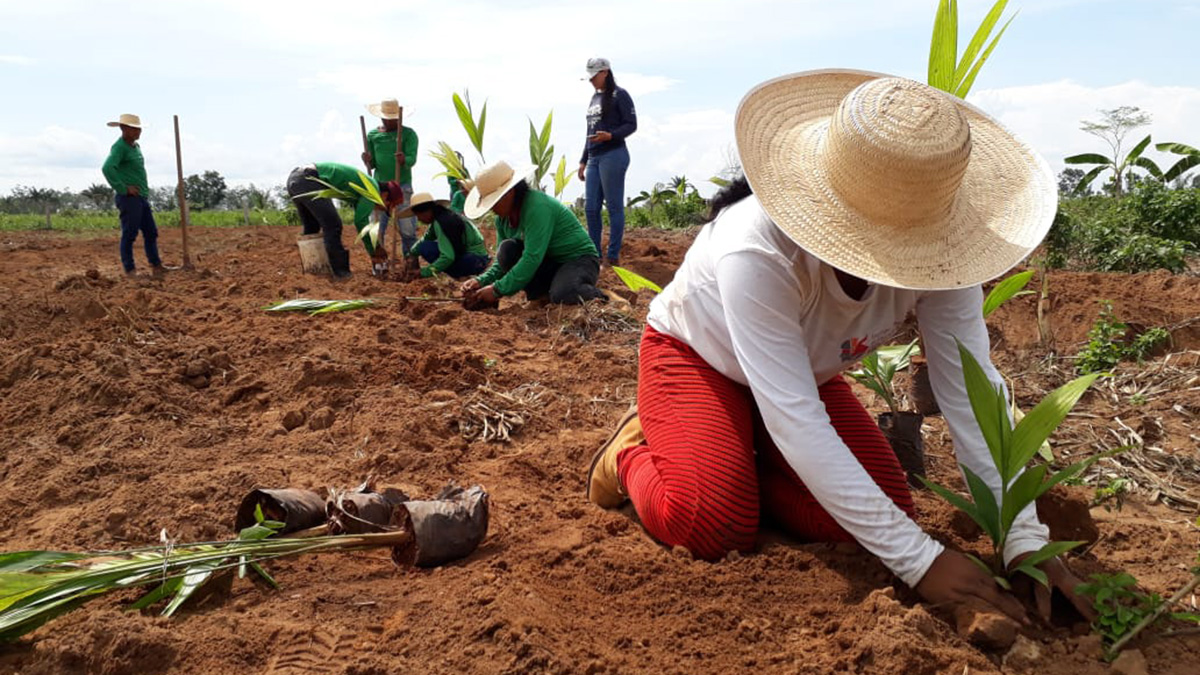In our April issue of Eos, we follow researchers who get to the root of the Amazon basin’s rich landscape.
Amazonia
Pollution Is Disrupting Rain Cycles in the Amazon
A team of researchers in Brazil and the United States uncovered the importance of the mechanism of oxidation—a process with the potential to affect climate and precipitation across the tropics.
How Climate Change Shaped the Amazon’s Land and Life
Ice Age climate swings shaped the equatorial basin’s terrain—and possibly its ecology—faster than previously thought.
Mining Threatens Isolated Indigenous Peoples in the Amazon
A bill in the Brazilian congress could grant a wide expansion for mining on Indigenous lands. New research shows how this could radically affect isolated peoples.
Amazon Water Cycle Observed from Space
Satellite observations offer invaluable insights into hydrological processes and environmental change in the Amazon.
The Perspective from Space Unlocks the Amazon Water Cycle
Satellite imaging and remote sensing offer unique insights into the Amazon’s complex hydrology. A new review summarizes decades of findings and charts a path forward for new remote sensing missions.
Traditional Knowledge Is Essential to Sustainability in the Amazon
At COP26, the Science Panel for the Amazon is emphasizing the need for Indigenous and Local Knowledge to inform scientific and policy recommendations.
New Report Puts the Amazon Rain Forest on the Main Stage at COP26
The Science Panel for the Amazon prepares to launch its first report, the most comprehensive document on the rain forest so far.
Forest Recovery in the Amazon Is a Slow Process
For the first time, a study analyzes Amazon forest loss and recovery at national and subnational levels. One finding shows that new plantings offset less than 10% of emissions associated with deforestation.
Amazon Deforestation and Fires are a Hazard to Public Health
Deforestation in the Amazon has dropped since the early 2000s, but it is slowly climbing again. A new study shows the impact of that climb on public health—and how much worse conditions could be.


